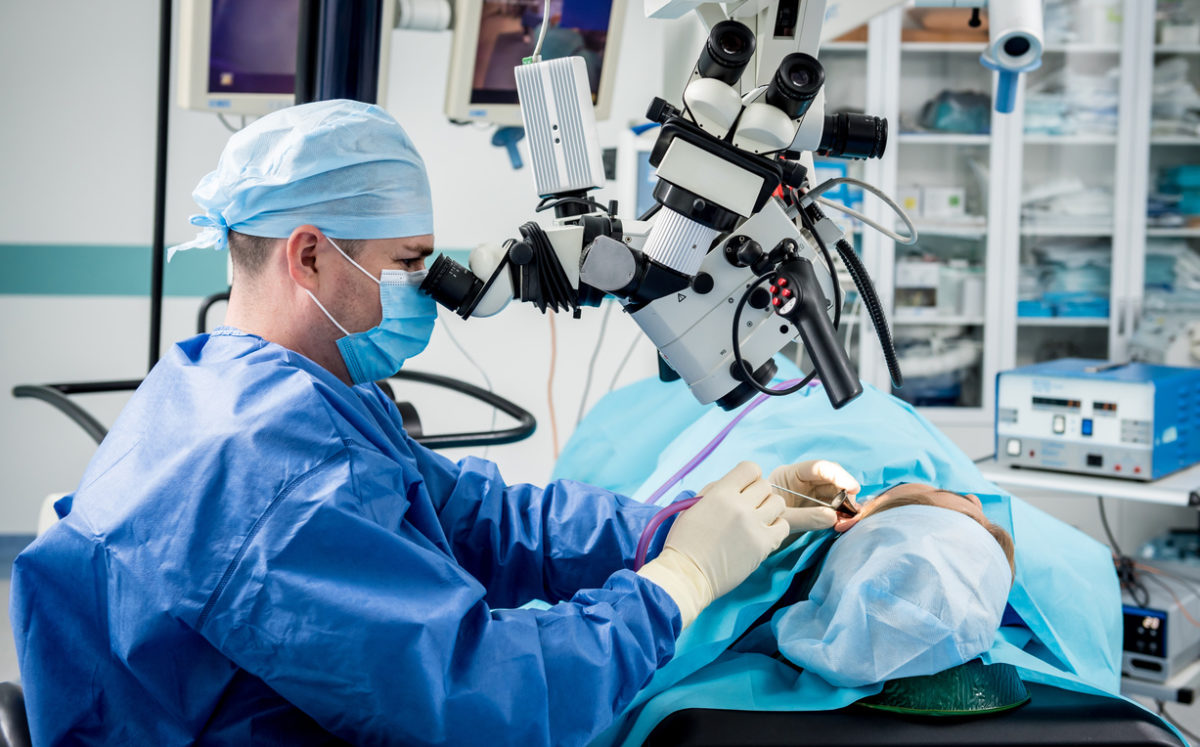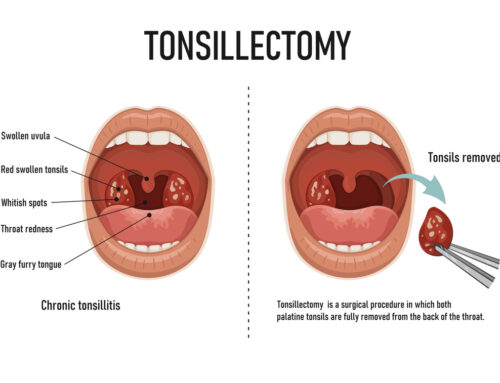Our ears can be sensitive places, but sometimes you may notice something that feels a little more out of the ordinary. A cholesteatoma is a skin growth that can develop in your middle ear. A noncancerous, benign growth, will grow behind your eardrum.
Most often, the cholesteatoma will be a cyst which then goes on to shed old skin. The accumulation of these discarded cells can go on to cause more serious, long-term effects on your hearing and beyond.
The main causes of a cholesteatoma
A cholesteatoma is most usually caused by middle ear infections that can happen multiple times. Repeated infections may be the most common culprit, however, there are other causes that may crop up.
Your eustachian tube, which joins the back of your nose to your middle ear, may function ineffectively and can also be the cause of cholesteatoma. When functioning properly, this tube equalises your ear pressure by admitting airflow through the narrow, delicate tube. However, due to a number of causes, such as repeated ear or sinus infections, colds, or even allergies, your Eustachian tube may cease to function well.
This can cause part of your eardrum to move into your middle ear, which causes cholesteatoma. While this is rarer than the primary cause mentioned, it is worth remembering if you do suffer from issues with your eustachian tube.
Pediatric cholesteatoma
In some cases, a cholesteatoma can be a birth defect, though this is fairly rare. In this instance, a congenital cholesteatoma present at birth can grow for several years without causing any symptoms or issues.
However, there is a higher chance of your child developing a cholesteatoma if they have a cleft palate, genetic markers such as Down syndrome or craniofacial defects.
Like with adults, repeated ear infections raise the chances of your child suffering from a cholesteatoma either during their younger years or later in life.
Symptoms of a cholesteatoma
With adults and children alike, a cholesteatoma can remain undetected for a significant amount of time, as initial symptoms can be reasonably mild. A small cyst or sac is unlikely to cause issues, however, as it grows, problems with your ear may become more apparent.
A cholesteatoma affects only one ear at a time, commonly speaking. The leading symptoms of a cholesteatoma are a low-grade ache or pain inside or behind your ear. One of the first signs may be fluid draining from your ear, which usually smells unpleasant. If the cyst or sac is left to grow, you will feel some pressure which could cause hearing and even balance issues.
Further results of a cholesteatoma
As the cyst continues to grow, you may suffer from vertigo or even some facial paralysis. If left untreated, the cholesteatoma will not simply “go away on its own”. There can be a severe impact from leaving it unchecked.
Since cholesteatoma is created from dead skin cells, it is the perfect breeding ground for bacteria. The sac can quickly become infected, which could lead to fever, inflammation and foul-smelling ear drainage.
The bones in your ear are extremely delicate, and as the cholesteatoma grows unchecked, it can have a negative impact on the small bones surrounding it. In the most serious instance, the bones in your ears may break, causing hearing loss. Worse still, the sheer size of the cyst can impact the nerves in your face, leading to facial weakness or even paralysis.
If you do not see your doctor, a cholesteatoma can lead to chronic ear infections, brain abscesses, and meningitis.
Diagnosing a cholesteatoma
Seeing your doctor as soon as you suspect a cholesteatoma is vitally important for your long-term prognosis. Your doctor will usually suspect a cholesteatoma if you have significant ear drainage, a white mass behind your eardrum, or any other changes.
When checking for a cholesteatoma, your doctor will look inside your ear with an otoscope. They will look for skin cells, a mass of blood vessels, or any signs of cyst growth. In some cases, a CT scan may be necessary to view the cholesteatoma and to dismiss any other causes of your symptoms. This is especially likely if you are suffering from vertigo or facial paralysis.
Treating a cholesteatoma
The long-term outlook for those who suffer from a cholesteatoma is very good, as long as you are promptly diagnosed and receive the proper treatment. It is important to note that cholesteatomas will not go away on their own or with any kind of holistic treatment – surgery is the only way to treat it.
Your doctor may prescribe antibiotics in the first instance in order to bring down inflammation. They may also instruct you on how best to keep your ear clean so that the removal is easier.
Recovering from cholesteatoma removal
Surgery to remove your cholesteatoma is usually done as an outpatient procedure. You will be placed under general anaesthetic and have the cholesteatoma removed – there will, in many cases, also be a follow-up surgery to reconstruct damaged parts of your ear. This will come after you have recovered from the initial surgery.
After the initial surgery, you may feel dizzy or experience issues with your taste buds. These side effects should lessen and disappear within a few days after your surgery.
Post-surgery, you will usually be able to go home the same day or the next day. It is important that you rest and recover, so try to avoid returning to work for a week after your surgery. The most important part of recovery is keeping the area dry, so you cannot wash your hair for at least a week afterward.
You will have follow-up appointments at your clinic to remove stitches (if not dissolvable), and you will be given advice as to which activities you should avoid and when you can take them back up. Often, it is advised that you avoid flying, swimming, and other strenuous activity for several weeks after your cholesteatoma removal.
Preventing a cholesteatoma
While you cannot prevent congenital cholesteatomas, awareness of them can lead to quicker treatment with no long-term impact on your health or hearing.
Preventing later-life cholesteatomas is done by treating ear infections quickly, and seeing your doctor or an ENT specialist should you suspect a cyst is present at any point.






